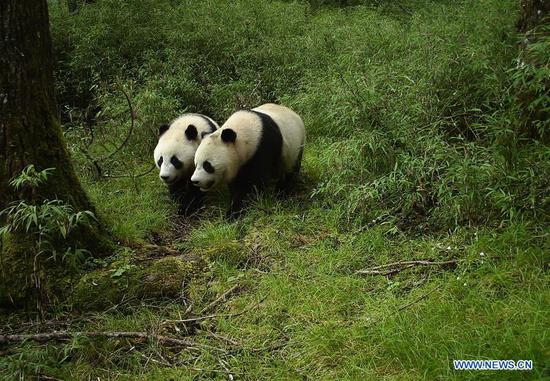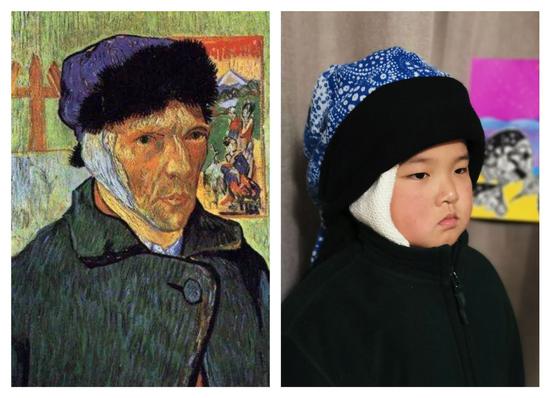Scientists working at an archeological dig in Denmark have extracted a complete DNA sample from a piece of birch pitch which was used as a primitive sort of chewing gum by a woman more than 5,000 years ago, enabling them to identify what color hair, skin and eyes she would have had, and even more information about her lifestyle and environment.
The sample was discovered at a site in Southern Denmark called Syltholm, on the island of Lolland, caked in mud in an oxygen-free environment, which has preserved a treasure trove of organic detail.
"It is the first time that an entire ancient human genome has been extracted from anything other than human bones," said Hannes Schroeder from the University of Copenhagen.
"We have this inconspicuous little lump of birch pitch that someone discarded thousands of years ago, and suddenly we're able to conjure up this person from it," Schroeder added. "It's fascinating to be able to do that from this small object."
It is not entirely clear why the substance was chewed, possibly as a tooth cleaner or out of hunger, but it has provided scientists with DNA samples which are said to be as valuable as bones or teeth, and given them enough information to identify what the woman's final meal was, and also to establish that she would most likely have had dark hair, dark skin and blue eyes.
Her genetic make-up is also revealed to be closer to that of the hunter-gatherers of mainland Europe than of the people native to Scandinavia at that time.
"The results highlight the potential of chewed birch pitch as a source of ancient human and non-human DNA, which can be used to shed light on the population history, health status, and even subsistence strategies of ancient populations," said the team's report, published in journal Nature Communications.
Another of the report's authors, Theis Jensen, said Syltholm "is completely unique.
"Almost everything is sealed in mud, which means that the preservation of organic remains is absolutely phenomenal," he added.
Other remains found at the site included DNA traces from hazelnuts and ducks, confirming existing knowledge about the lifestyles of people living in the area at the time.
Natalija Kashuba, an archaeologist at Sweden's Uppsala University, told Scientific American magazine that samples of this kind could prove hugely important for examining and understanding the evolutionary history of viruses and bacteria, and how they affected human health.
"For studies of human health and environment, this type of material is just priceless," she said.


















































